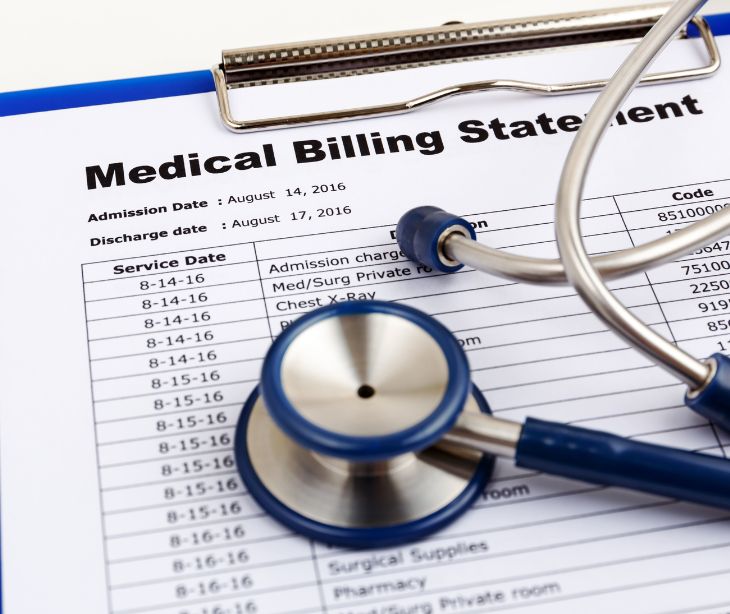1 min read
Using HIPAA compliant email for billing purposes in healthcare
Liyanda Tembani
September 28, 2023

Healthcare billing involves exchanging highly confidential patient data, including billing codes, charges, insurance details, and more. Compromised billing data can have an impact on patient privacy and trust. Healthcare organizations must ensure that their email communication for billing is HIPAA compliant.
What does HIPAA compliant email entail?
- Encryption and data protection: To achieve HIPAA compliant email communication, all patient billing information transmitted via email must be encrypted. Encryption ensures that the data remains confidential during transmission and is protected from prying eyes.
- Access controls and authorization: Implement access controls and multi-factor authentication (MFA) mechanisms to ensure only authorized individuals can access and interact with billing-related emails.
- Secure transmission methods: To secure email communication, healthcare organizations should use secure email protocols and servers. Transport Layer Security (TLS) is a protocol that encrypts email communication during transit, preventing unauthorized access to patient billing information.
- Handling attachments and billing statements: Patient billing information included in attachments should be password protected or encrypted, adding an additional layer of security and ensuring the confidentiality of the data.
- Business Associate Agreements (BAAs): Healthcare organizations often engage third-party vendors to assist with billing-related tasks. When these vendors handle billing-related emails, they must sign BAAs. BAAs outline the responsibilities and obligations of these vendors in protecting billing-related protected health information (PHI) and ensuring that HIPAA compliance is maintained.
Consent and patient communication
Healthcare organizations must obtain patient consent for electronic billing communication. To obtain patient consent, healthcare organizations can follow these guidelines:
- Provide transparent information
- Get patient opt-in, preferably secure electronic consent
- Educate patients about revocable consent
- Do ongoing communication and review
Proper communication channels should be established to address patients' questions or concerns regarding using email for billing purposes.
Related: How to obtain patient consent for email communication
Incident response and compliance audits
Effective incident response helps swiftly address security incidents and minimize potential damage. A well-defined incident response plan specific to billing-related data ensures that healthcare organizations can effectively manage and mitigate security breaches. In addition to incident response, regular security audits and risk assessments should be conducted. These assessments help identify vulnerabilities and ensure ongoing compliance with HIPAA regulations.
Subscribe to Paubox Weekly
Every Friday we'll bring you the most important news from Paubox. Our aim is to make you smarter, faster.




![Maegan Megginson: Email portals require too many steps [VIDEO]](https://www.paubox.com/hubfs/Imported_Blog_Media/Email-portals-copy-2.png)